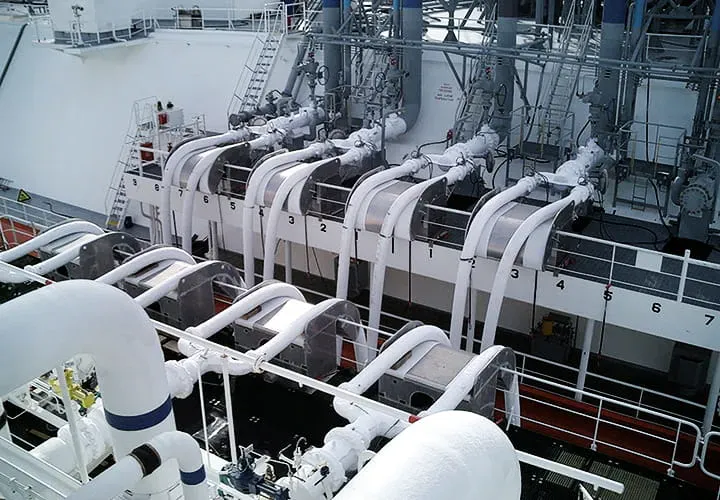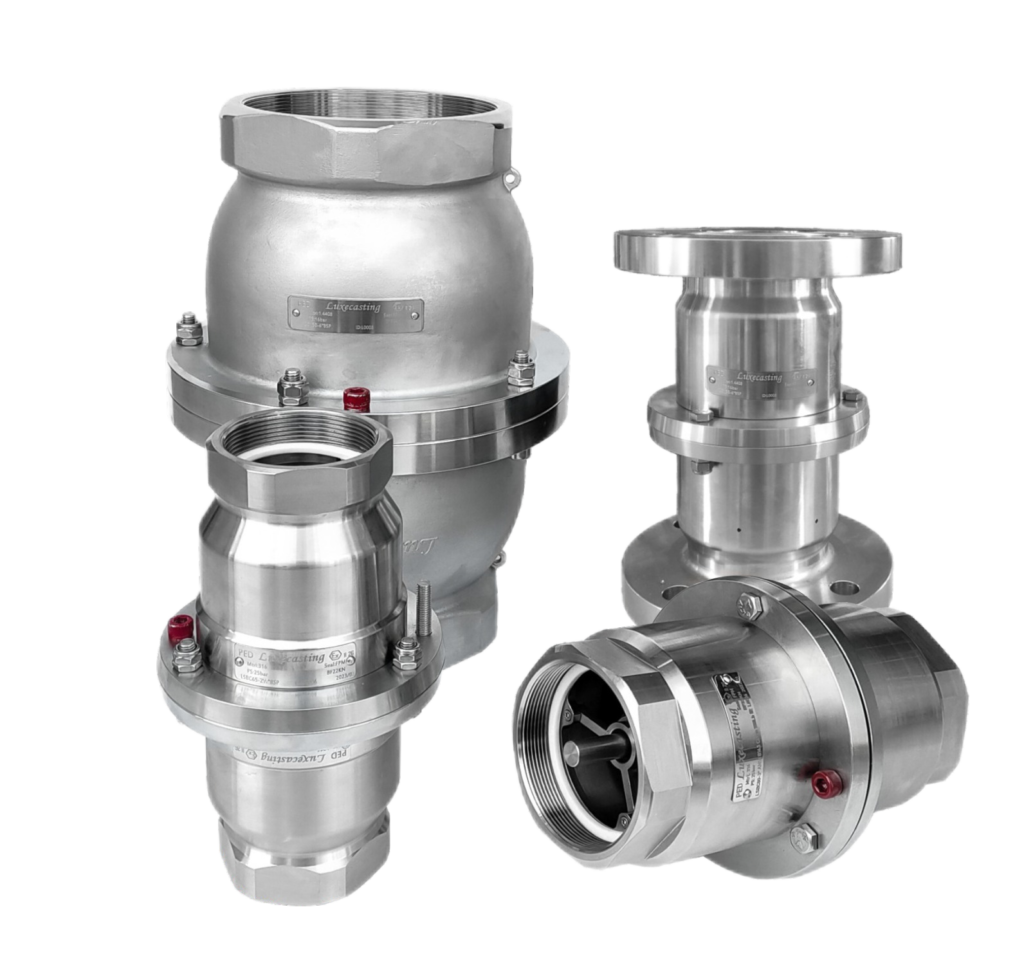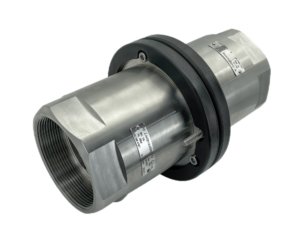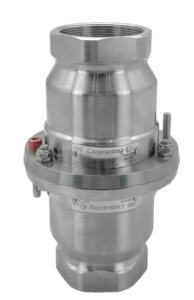Our LNG loading and unloading hose

LNG TANKER TRUCK HOSE
Focus on how you can help and benefit your user. Use simple words so that you don't confuse people.

LNG SHIP TO SHORE HOSE
Focus on how you can help and benefit your user. Use simple words so that you don't confuse people.
Applications
LNG hoses are especially designed for use with fully refrigerated conveyants down to – 196°C such as LNG in rail, railcars, inplant, ship to shore and LNG bunker operation.
Physical Properties
- Maximum elongation: 10% on proof pressure
- Electrical resistance: 2,5 Ohm p/mtr < 2”
- 1,0 Ohm p/mtr >/= 2”
- Maximum twist: 10° p/m
- Min. burst pressure: 5x working pressure (safety fact 5:1)
- Max. flowrate: on request
- Max. tensile strength: on request
- Pressure losses: on request
- Temperature range: -196°C up to +50°C (-320F up to +121F)
Technical Description
Inner wire: Stainless steel 316
Lining: Polyester fabrics and films
Outer cover: Polyamide
Outer wire: Stainless steel 316
Standard / Approval
LNG hoses are produced and tested according international standards like EN 13766, IMO IGC and EN 12434.
| Hose code | ID | Bend radius | Working pressure | Weight | Max length | |||||
|---|---|---|---|---|---|---|---|---|---|---|
| inch | mm | inch | mm | psi | bar | lbs/ft | kg/m | ft | m | |
| CCH-01 | 1 | 25 | 6 | 150 | 145 | 10 | 0.60 | 0.90 | 65 | 20 |
| CCH-02 | 1.5 | 38 | 7 | 175 | 145 | 10 | 0.80 | 1.20 | 65 | 20 |
| CCH-03 | 2 | 50 | 7.5 | 185 | 145 | 10 | 1.55 | 2.30 | 65 | 20 |
| CCH-04 | 3 | 75 | 11 | 280 | 145 | 10 | 2.95 | 4.40 | 65 | 20 |
| CCH-05 | 4 | 102 | 20 | 500 | 145 | 10 | 4.95 | 7.30 | 65 | 20 |
| CCH-06 | 5 | 125 | 24 | 610 | 145 | 10 | 7.75 | 11.50 | 65 | 20 |
| CCH-07 | 6 | 152 | 26 | 660 | 145 | 10 | 9.45 | 14.00 | 65 | 20 |
| CCH-08 | 8 | 204 | 37 | 940 | 145 | 10 | 12.75 | 18.90 | 65 | 20 |
| CCH-09 | 10 | 254 | 75 | 1905 | 145 | 10 | 15.00 | 23.00 | 65 | 20 |
BREAK AWAY COUPLING FOR LNG HOSE




Why use a BREAK-AWAY coupling ?
A break-away coupling is used in various industries and applications to
enhance safety and prevent potential damage or accidents. Here are some
reasons why a break-away coupling might be employed:
- Emergency Shut-Off: Break-away couplings are designed to disconnect two connected components
or systems in an emergency situation. In case of an unexpected pull, excessive pressure, or other
hazardous conditions, the coupling automatically separates to prevent further damage or danger.
- Spill Prevention:Break-away couplings are commonly used in fluid transfer systems, such as
fueling stations, chemical plants, or oil refineries. If a vehicle or vessel drives away while still
connected to a fuel pump or loading arm, the break-away coupling disconnects, preventing spillage
and minimizing the risk of fire or environmental pollution.
3.Equipment Protection:Break-away couplings can protect expensive or sensitive equipment
from damage. For instance, in industrial applications where heavy machinery is involved, if a
sudden jolt or pull occurs, the coupling disconnects to safeguard the machinery, hoses, or pipes
from being damaged.
4.Worker Safety:Break-away couplings prioritize worker safety by reducing the risk of injury.
If a worker accidentally trips or gets entangled in a hose or cable, the break-away coupling will
separate, preventing further harm by stopping the flow of fluid or preventing dangerous movements.
- Compatibility and Flexibility:Break-away couplings are available in different sizes, designs,
and materials to accommodate various applications and fluid types. They can be customized to
suit specific requirements, ensuring compatibility with existing equipment and systems.
Remember that the specific reasons for using break-away couplings may
vary depending on the industry and application. It is essential to consult
industry standards, guidelines, and specific safety regulations to determine
the appropriate use of break-away couplings for a given scenario.
SPECIFICATION

QUESTIONS?
Whether you’re curious about features, a free trial, or even press, we’re here to answer any questions.